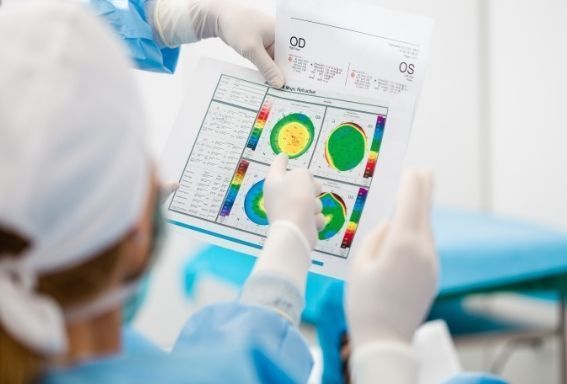
Five Korean patients with end-stage retinitis pigmentosa were selected for implantation of a retinal prosthesis, Argus II, and followed for at least 12 months after receiving specialized vision rehabilitation training. Both morphological and functional evaluations were conducted, using optical coherence tomography (OCT), computer-based visual function tests (CBVT), a letter reading ability test, and Functional Low-Vision Observer Rated Assessment (FLORA). Morphological assessment determined implant placement was successful, and in proximity to the retinal surface in all but one case. Two eyes developed fibrosis-like tissues at least 50 μm thickness. Functional assessment demonstrated all patients showed improvement in CVFT, reading acuity, and FLORA results, primarily in the areas of visual mobility, daily activities, and social interactions. After one year, all 5 recipients of the Argus II implant showed profound improvements in functional vision and mobility.
What this means for Usher Syndrome: The Argus II retinal implant enabled profound improvements in all five patients. If long term follow-ups continue to yield promising results with little to no adverse effects, retinal implants such as Argus II may become a solution for improving functional vision and mobility for Usher patients with late stage RP.







